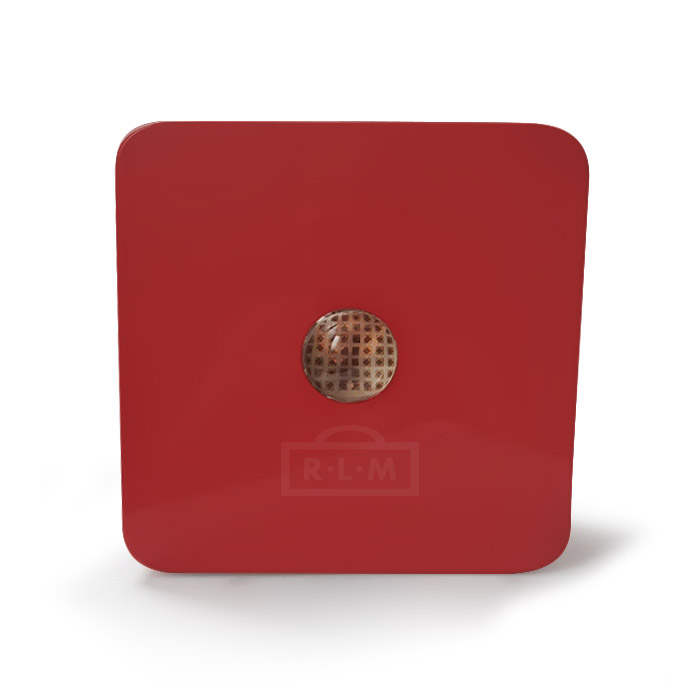Corpselover Fat
Active member
Your chart shows dry mass gains. These parameters cannot be used interchangeably.
The actual study the charts were from had more measurements. They studied leaf expansion and petiole length too. It's not really surprising blue light reduces leaf area especially in high light species. What the study actually says is:
Among the broad spectrum treatments at the higher PPF, increasing BL [blue light] in four increments from 11 to 28% reduced dry mass in tomato, cucumber, and pepper by 22, 26, and 14% respectively, but there was no statistically significant effect on radish, soybean, lettuce and wheat.
[...]
Effects on leaf area paralleled effects on dry mass in all species at both PPFs, indicating that the effects of BL on dry mass were mediated by changes in leaf area. Since LAI is typically highly correlated with radiation capture and since radiation capture is typically highly correlated with dry mass gain, increases in radiation capture are likely
responsible for nearly all of the increases in dry mass. Increased radiation capture can be the result of thinner, or less dense, leaves as indicated by a higher SLA. However, the relativelysmall changes in SLA that occurredwere not adequate to explain the large differences in growth. This suggests that differencesin growth were caused by altered carbon partitioning between leaves and stems, and more rapid coverage of the surface caused by longer petioles.
And about green light it said
In contrast to the significant effect of BL on dry mass and leaf area, increasing GL from zero to 30% resulted in few significant differences on DM, LAI or net assimilation, and there was no consistent direction among species or PPF levels. Increasing GL increased stem and petiole length in severalspecies,which is consistent with a shade avoidance response. Although GL had little effect on dry mass in these studies, its importance may increase over time as a dense canopy forms.
How these findings on vegging plants would translate to flowering or fruitings plants? Well for cannabis higher blue fraction reduces yield. Kusuma & Bugbee saw pretty much linear reduction in yield with increasing blue fraction. This makes sense. Blue reduces cell expansion so it makes sense that the bud weight will be reduced too.







